The Evolution of Sex Part 3: On the Genetic Superiority of Women
Dec 24, 2025The Best Pilot Watches Ever Made
- Oct 25, 2024
- 0 Comments
371
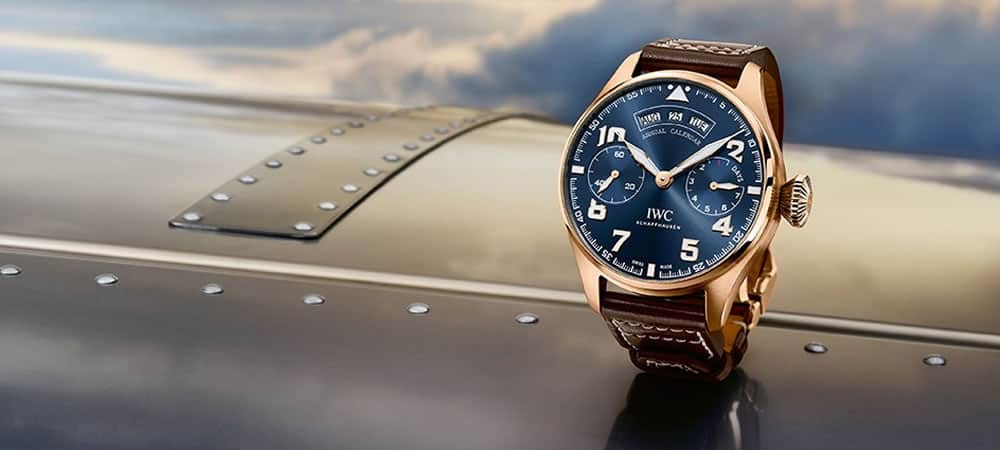
We independently evaluate all recommended products and sercives. Any products or services put forward appear in no particular order. if you click on links we provide, we may receive compensation.
Pilot’s watches might strike you as an incredibly specific subgenre. In fact, they were arguably the first watches altogether – for men, at least.
In 1904, Louis Cartier designed what became known as the Santos for Brazilian playboy and aviation pioneer Alberto Santos-Dumont, who wanted a timepiece that he didn’t have to fish out from beneath his layers of clothing. Having a watch attached to his wrist rather than in his pocket left his attention and hands free for, you know, piloting.
Patek Philippe had already created wristwatches but they were mainly worn by women, and more bracelet than timepiece; the derring-do of the dashing Santos-Dumont helped them take off with even flightless men who wanted to channel his chutzpah, a trend that wingspans to the present.
Watches were vital to pilots not just for accessorizing, but also for things like determining how long they’d been in the air – and therefore how much fuel they had left – and navigation. Accuracy, reliability and legibility were some aviators’ requirements that in turn drove horological innovation.
The two global conflicts triggered an arms race as manufacturers were recruited to provide for the respective air forces; they also reinforced the association with heroism. But outside of wartime, watches often weren’t standard issue: as late as Vietnam, pilots wore their own timepieces, and their discerning choices bolstered certain brands’ reputations.
Even in this digital age, analog pilot’s watches are useful, as a back-up if nothing else. And they’re more covetable than ever. “Everyone wants to be Tom Cruise in Top Gun, right?” says Lloyd Amsdon, co-founder of pre-owned specialist Watchfinder. “Being a pilot is hugely aspirational, and wearing a watch goes a long way to satisfying that desire. Plus they look awesome.”
Here, we perform an unsolicited fly-by of some of the most noteworthy – and lustworthy – pilot’s watches, which also doubles as a very brief history of the category. Chocks away – and seatbelt sign on.
Zenith Pilot
Any discussion about pilot’s watches has to include Zenith almost by law. Not least because the brand is the only Swiss one allowed to use the copyrighted word ‘pilot’ on a dial.
Perhaps the first thing that comes to mind when you think of Zenith is its supremely accurate El Primero movement, the robustness of which was demonstrated in 1970 when one was attached to the landing gear of a Boeing 707 during a flight from Paris to New York.
But way before that, a Zenith was fastened onto ‘father of aviation’ Louis Blériot when in 1909 the intrepid Frenchman (previously nicknamed ‘the king of wrecks’) became the first person to fly across the Channel. From 1939, the Zenith Montre d’Aéronef (‘onboard watch’) Type 20 was the instrumentation du jour in French aircraft cockpits.
Today, Zenith’s Pilot range stays true to its heritage, from the enormous ‘onion’ crown (designed for operating while wearing gloves) to the sheer heft of what were effectively pocket watches – or clocks – strapped to the wrist.
In fact, so synonymous is Zenith with this early aviation aesthetic that Patek copped a lot of flak when its 2015 Calatrava Pilot Travel Time was perceived to be an imitation.
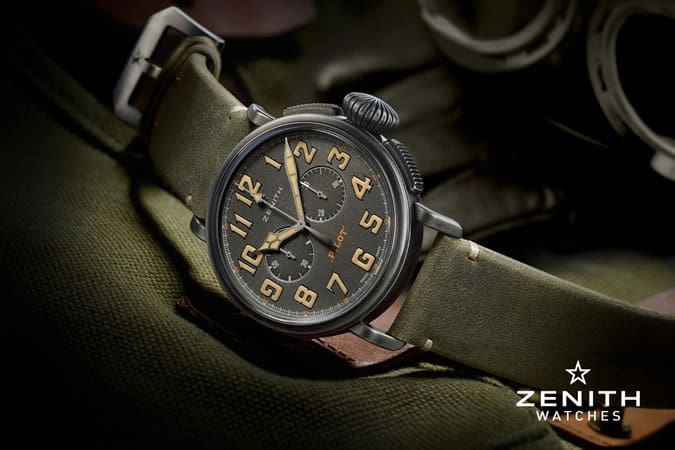

Current Examples
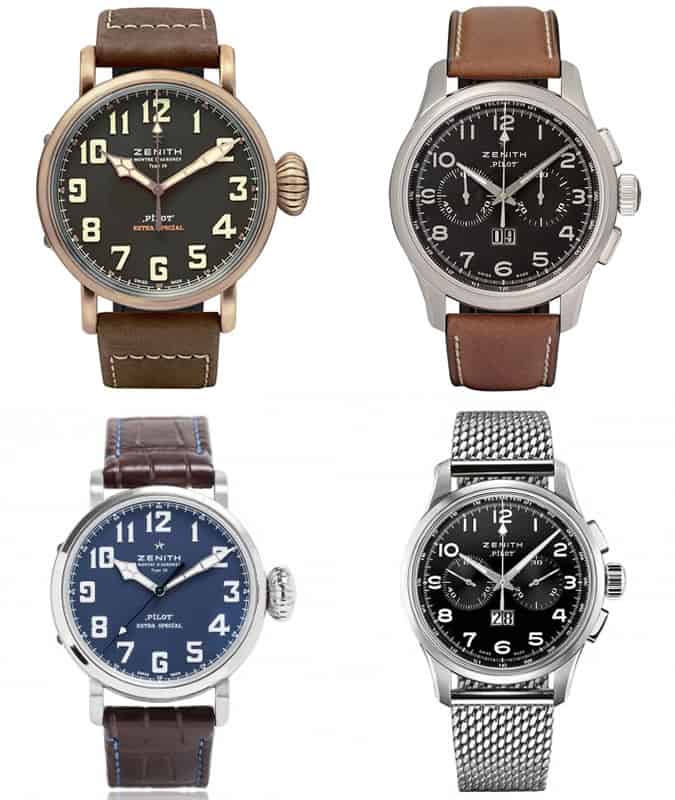
IWC Big Pilot’s
The International Watch Company was among the first luxury watchmakers to realize, in the 1930s, that magnetic fields in the cockpit could render flight crew’s wristwear less reliable than Heathrow departure times. IWC’s Mark XI was therefore protected Tony Stark-style by an inner case of soft iron, which was highly conductive (and made the overall watch larger).
Speaking of large, the next decade saw the release of IWC’s Big Pilot’s, perhaps the platonic ideal of the ‘B-Uhr’ (from the German Beobachtungsuhr, or ‘observation watch’). “It’s the perfect example of the classic WWII look,” says Amsdon. “The size is based on the pocket watch movements originally used, and has carried through as part of the style.”
Indeed, IWC has done more than most marques to turn classic pilot’s watches from military memorabilia into aspirational purchase, by continually re-launching and refining its fleet.
The clincher: an official Top Gun variant of IWC’s Big Pilot’s is also worn by aspiring Mavericks at the fighter pilot school in real life. And it’s welcome to be our wingman anytime.
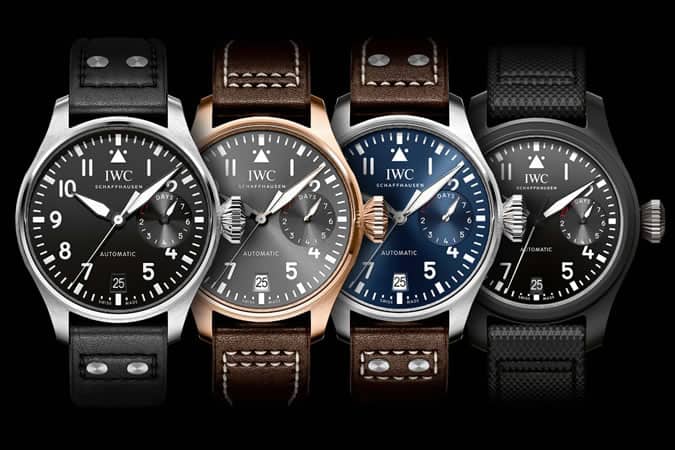
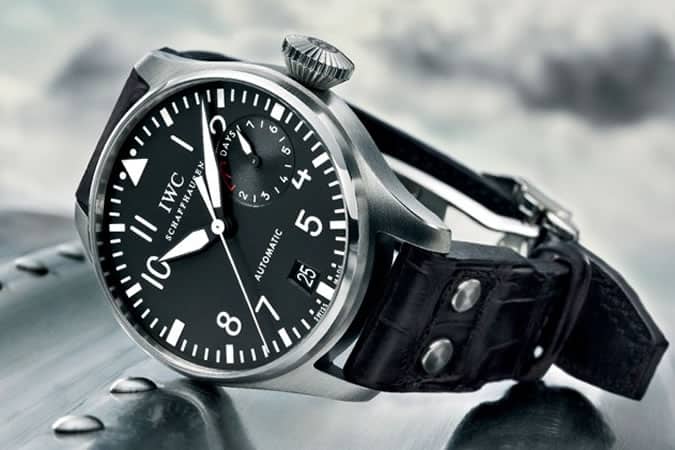
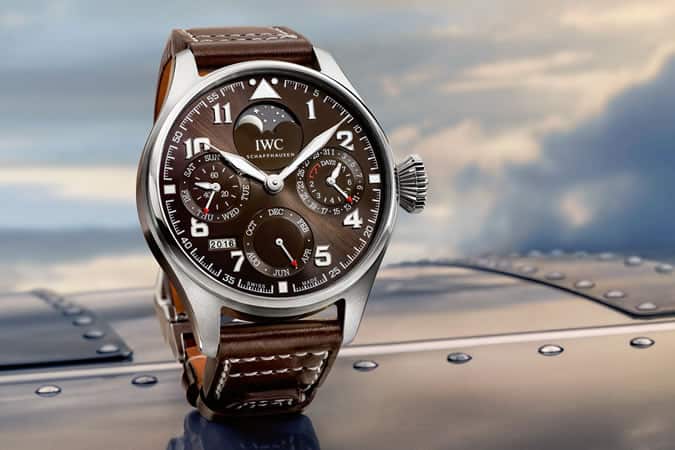
Current Examples
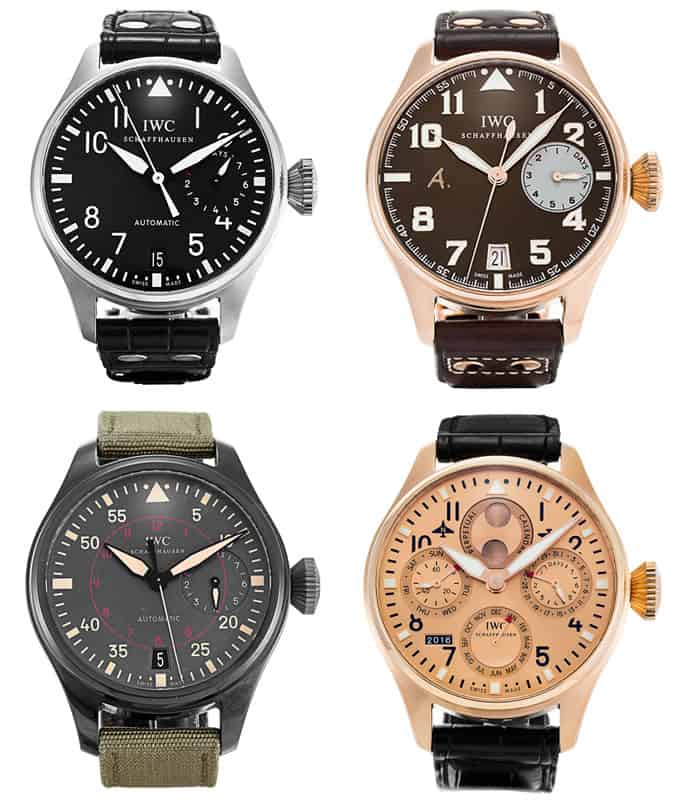
Breitling Navitimer
From the 1950s onwards, things started to get a little more complicated. “Pilot’s watches inspired by [timepieces dating to] WWI and WWII are big, clear and simple,” says Amsdon. “The look is dictated by the functionality of being able to clearly tell the time in the darkness of a midnight bombing raid.”
On the other side are more intricate aviator watches, with (relative) mod cons such as chronographs complete with tachymeter and a slide-rule bezel that turn the mechanical timepieces into mini-computers. “These were used to make calculations regarding fuel use, rate of climb and descent etc.,” says Amsdon. “Popularised by Breitling, this look is more technical.” Hence why they’ve got more numbers than Rachel Riley on a speed-dating night.
Indeed, it was Gaston Breitling, founder of the eponymous marque, who invented the first wrist-worn chronograph in 1915, followed over the next two decades by push-pieces to start, stop and reset. (Previously this was done through the crown.)
The Navitimer, an evolution of the 1942 Chronomat with its slide-rule bezel, landed in 1952, and is still relied upon to this day by contemporary flyboys and Becks alike. Never mind ‘pilot’s’ – it’s one of the most iconic watches of all time.
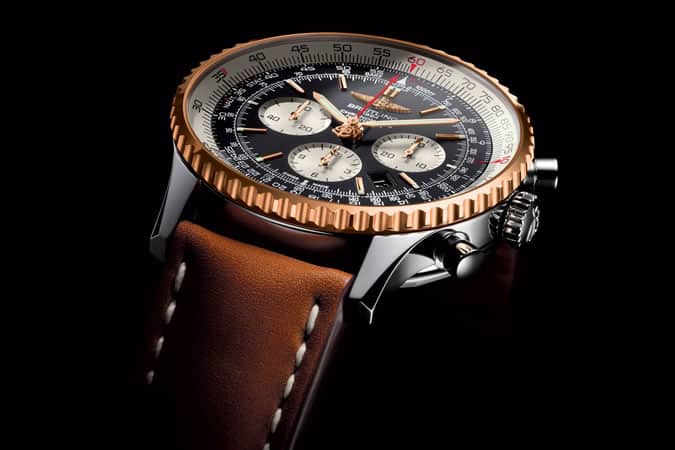
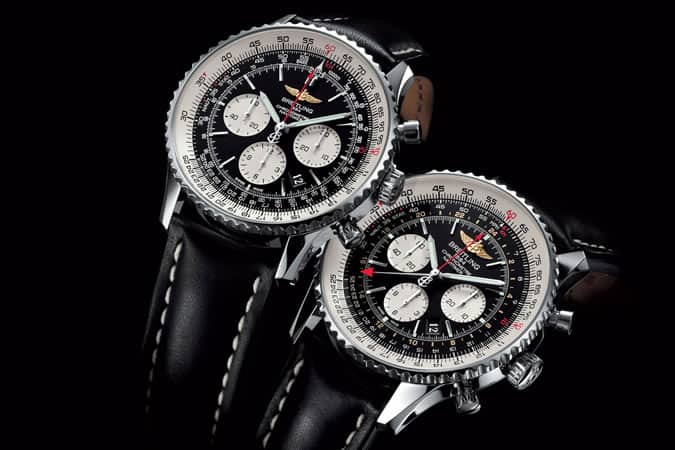
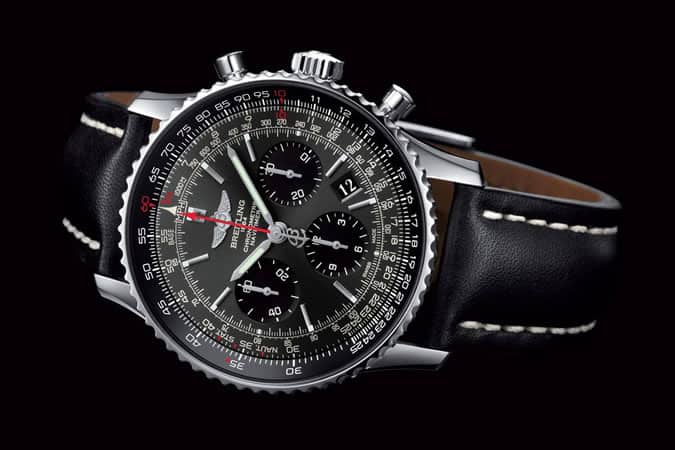
Current Examples

Bell & Ross BR01
For an example of something with an aeronautical air that’s a little more up-to-the-minute, Bell & Ross has Amsdon’s ringing endorsement: “For a pilot’s watch based on the instruments used in a cockpit, the BR01 is the perfect choice.”
Founded in 1992, the French marque is a Jean-come-lately that nevertheless acquired instant credibility on account of its accuracy and association with German watch brand Sinn, which has a background in plane dashboards. Aimed squarely at wearers in extreme environments, Bell & Ross quickly forged alliances with NATO and the French Air Force and bomb squad.
Bell & Ross ended its co-branded collaboration with Sinn in 2002 when it started producing its own cases in Switzerland, but it continued taking inspiration from aircraft – in the shape of the square brackets used to mount the instruments. In 2005, it introduced the BR01, essentially a cockpit clock on a quarter scale.
At 46mm though, it’s for those with jumbo forearms. The subsequent BR03 series is more wearable at 42mm, while various limited editions have riffed cleverly on its distinctive geometry and theme. Highlights include the Altimeter and Radar, which replaces the conventional hands with three discs marked with colored lines.
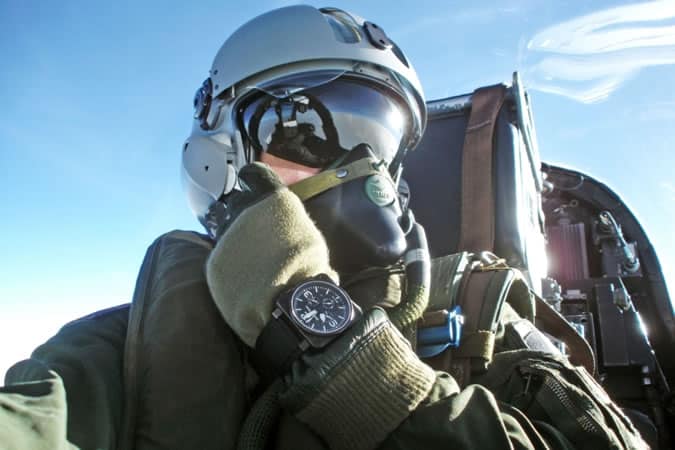
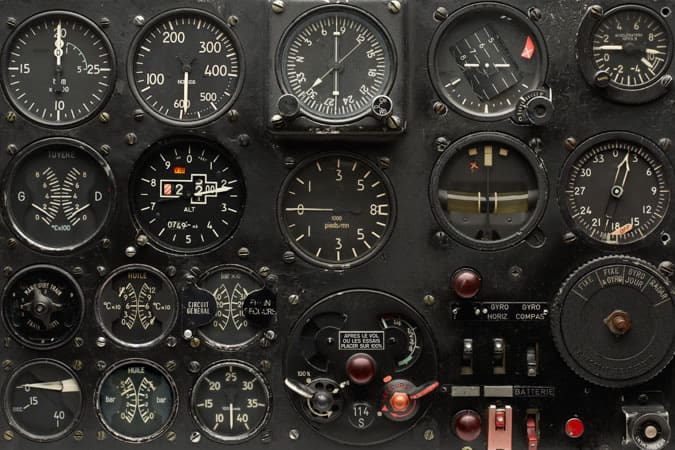
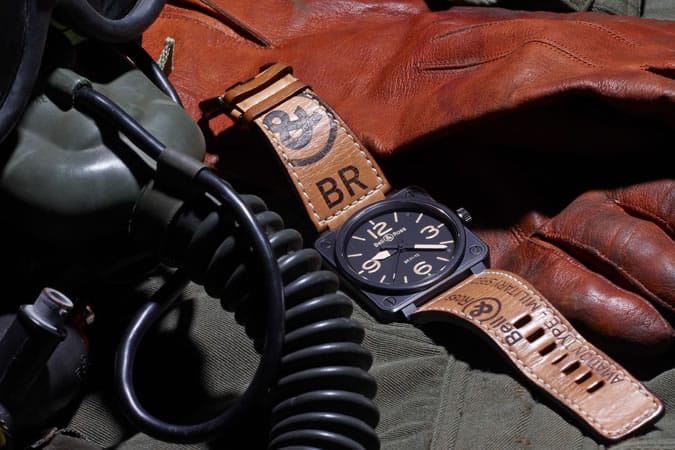
Current Examples
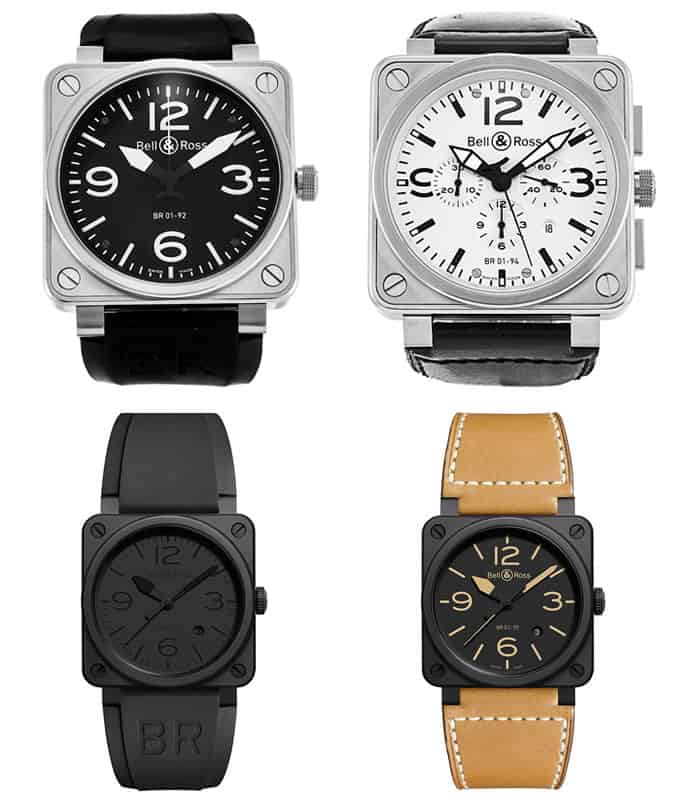
Publisher: Source link







